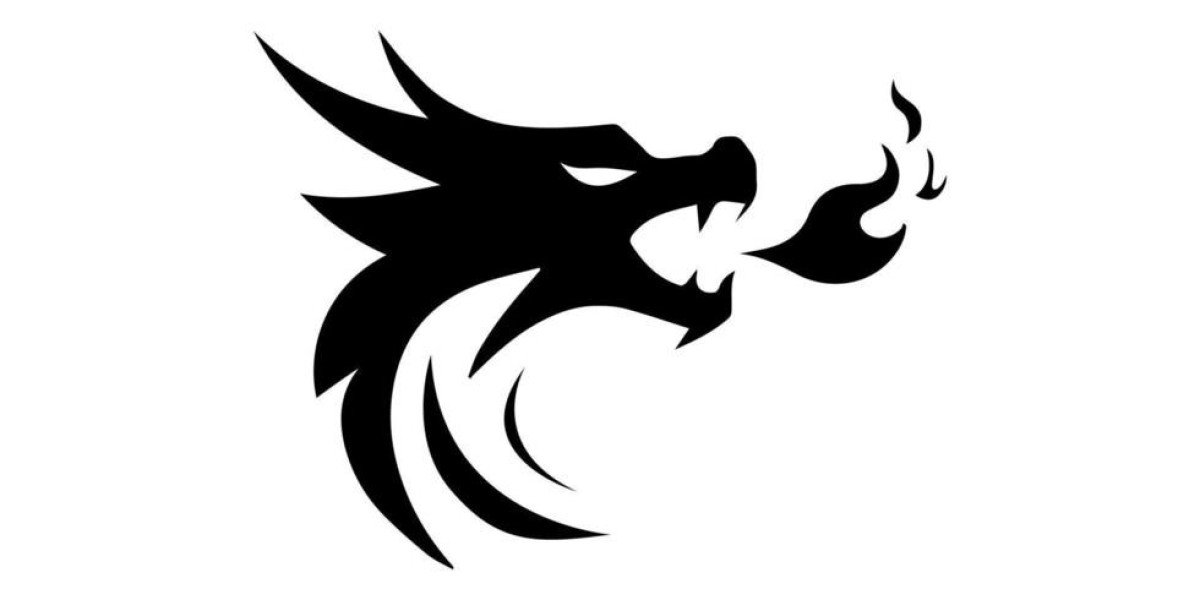The dragon, an awe-inspiring creature of legend, has captivated human imagination for millennia. Found in the myths, art, and folklore of cultures worldwide, this enigmatic symbol embodies power, transformation, and the mysteries of life and the cosmos. From the revered water dragons of the East to the fire-breathing beasts of the West, the dragon's multifaceted symbolism reveals a profound connection to humanity's collective consciousness.
dragon symbol in Eastern Cultures: Guardians of Prosperity
In Eastern traditions, the dragon is a celebrated emblem of harmony, good fortune, and celestial power. Unlike its Western counterpart, the Eastern dragon is not a destructive force but a life-giver, often associated with water and the natural world.
The Chinese Dragon: In Chinese culture, dragons are revered as divine beings that bring rain, ensure fertility, and protect communities. The dragon is also an imperial symbol, representing the emperor's divine right to rule. It is frequently depicted in art, festivals, and architecture, embodying prosperity and auspiciousness.
Dragons of Japan and Korea: Japanese dragons (ryū) and Korean dragons (yong) are also tied to water and are considered guardians of sacred sites and waterways. In Japan, dragons often appear in Shinto and Buddhist traditions, symbolizing spiritual energy and balance.
The Naga in South Asia: In South and Southeast Asia, the naga, a serpent-like dragon, is a prominent figure. Often seen as protectors of treasures and temples, nagas represent both the material and spiritual wealth of life.
Western Dragons: Tests of Heroism and Symbols of Chaos
In Western mythology, dragons are often portrayed as fearsome adversaries, embodying chaos, greed, and danger. These creatures guard treasures, pose challenges to heroes, and symbolize the untamed forces of nature or the psyche.
Mythical Beasts of Europe: Western dragons are iconic figures in European folklore, frequently depicted as winged, fire-breathing monsters. They are central to stories like St. George and the Dragon, where the beast represents evil or sin to be overcome by virtue and courage.
Guardians of Treasure: A recurring motif in Western mythology is the dragon as a hoarder of wealth, such as Smaug in J.R.R. Tolkien's The Hobbit. This symbolizes both greed and the challenges of attaining great rewards.
The Hero’s Journey: In tales like Beowulf, the dragon acts as a climactic test of the hero's valor. Defeating the dragon signifies the triumph of humanity over chaos and the realization of inner strength.
Common Themes in Dragon Symbolism
Despite their cultural differences, dragons share a universal appeal, representing some of humanity's most profound fears and desires.
Power and Majesty
Dragons are universally recognized as beings of immense power. Whether feared or revered, they embody strength and dominion, often serving as symbols of authority, sovereignty, or the forces of nature.Guardianship and Challenge
Dragons are frequently depicted as guardians of treasures or sacred places. The hero's journey to confront a dragon often symbolizes the struggle to overcome inner fears or external challenges to attain wisdom or growth.Transformation and Renewal
The dragon's fiery breath or association with water often links it to cycles of destruction and renewal. In alchemical traditions, the dragon represents the purifying fire that transforms base materials into gold, mirroring the process of spiritual awakening.Chaos and Order
Dragons often embody duality, serving as agents of both chaos and balance. In Eastern cultures, this duality manifests as the dragon's role in maintaining natural harmony, while in the West, it symbolizes the forces of disorder that must be conquered.
Dragons in Modern Culture: Symbols for a New Age
The dragon's symbolic power endures in contemporary culture, where it is reinterpreted through literature, film, and personal expression.
Fantasy and Storytelling: Dragons are central figures in modern fantasy, appearing in works like Game of Thrones and The Hobbit. These depictions often explore dragons as complex characters, reflecting themes of ambition, wisdom, and the consequences of power.
Personal Identity: As symbols of strength and individuality, dragons are popular motifs in tattoos, art, and branding. They represent resilience, transformation, and the courage to face life's challenges.
Spiritual Significance: In spiritual practices, dragons symbolize the awakening of inner energy. The kundalini serpent in yoga, often likened to a dragon, represents dormant potential and spiritual ascension.
The Timeless Appeal of the Dragon
Dragons, whether feared or revered, embody the complexities of life and the mysteries of existence. They challenge us to confront our fears, seek balance, and embrace transformation. As a symbol that transcends time and culture, the dragon speaks to humanity’s enduring quest for meaning, power, and self-discovery.
Whether as protectors, adversaries, or guides, dragons remain a powerful and captivating presence in the human imagination—a reminder of the strength, wisdom, and courage needed to navigate life’s journey







